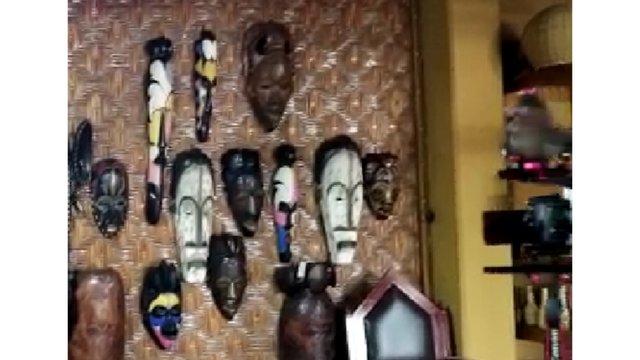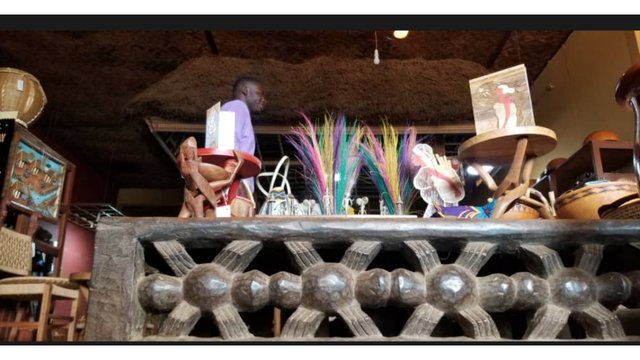
In recent discussions of ethnological classification, a tendentious issue has been how to arrange objects in a museum. The Smithsonian curator Otis T Mason argued that objects in a museum from across the world should be classified according to their structural and functional similarities, not according to their origin. On the contrary, Franz Boaz contends that similar objects should be classified according to their unique development and history. In this frame of reference, a collection of spears from a variety of cultures should be arranged neither according to their functional nor their structural similarities but according to their history and their origin. Similarly, a collection of cooking pots from across the globe in a museum should be arranged according to their individual histories and ‘Surroundings’.

In the article The Principles of ethnological Classification, Boaz asseverates that “the object of study is the individual, not abstractions from the individual. We have to study each ethnological specimen individually in its history and its history and in its medium, and this is the important meaning of the ‘geographical province’”.1 Boaz argues his approach is superior to Mason’s approach because classifying objects according to tribe rather than structure and function gives us a better understanding of their meaning. A variety of objects from one tribe placed together helps us to understand a single object from that tribe far better as we can grasp the full depth of the ideas and purpose behind the invention of that object.
Franz Boaz argues that Unlike causes produce like effects. While it is very rare to find similar inventions, which were made due to similar causes, the development of similar ethnological phenomena from unlike causes far more probable. Due to the unique and intricate nature of the acting causes, classifying objects according to history and origin is superior to classifying them according to their structure and function because it demystifies the complexity of the history and characteristics of those who invented and used the objects. Also, by grouping objects according to their origin, we can easily piece together the elements of a culture because all the elements are interconnected.